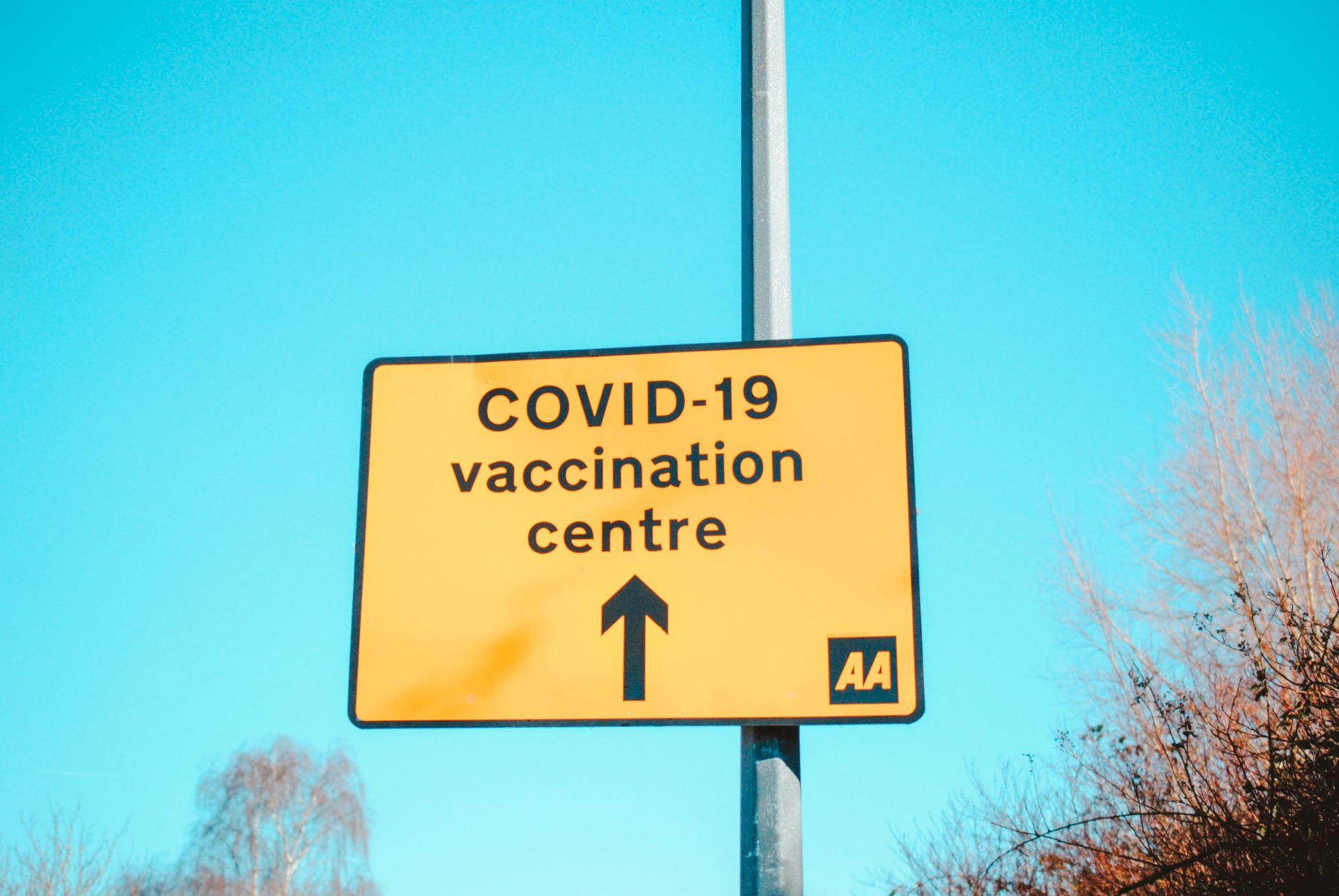The need to rapidly rollout COVID-19 vaccinations in England brought issues of geographical accessibility to the fore. Ambitious targets to double-vaccinate every eligible member of the adult population, within a matter of months, presented considerable challenges. The Department of Health and Social Care’s ‘UK COVID-19 Vaccines Delivery Plan’ set ambitious targets for all households to be within 10 miles of their nearest vaccination site. Figures published periodically by the NHS (available here) suggested that almost 100% of households met this target, yet media reports frequently suggested that thousands of households faced challenges in accessing vaccination sites due to impracticably long journeys or lack of available public transport, especially in many rural areas.
Recently published CDRC research, carried out in conjunction with commercial partner HERE Technologies uncovered inequity in vaccination site accessibility, highlighting inequalities that are hidden by NHS-reported assessments of vaccination site coverage. Our analysis reveals that over 90,000 households – all of which are inferred to lack access to public transport – face modelled journey times in excess of 1 hour to reach a vaccination site, with regional and urban-rural inequity evident (Figure 1).

Whilst mass-vaccination centres – some capable of vaccinating thousands of individuals in a day – offered operational efficiencies and economies of scale, these were largely confined to urban areas. Our research highlights the importance of local provision of COVID-19 vaccinations via consortia of GP-practices, and makes recommendations to support the continued delivery of booster jabs and other mass-vaccination programmes.
These analysis were only possible given the availability of open data from NHS England, coupled with comprehensive routing data from HERE Technologies. These data permitted calculation of validated travel times between residential neighbourhoods and vaccination sites, accounting for mode of transport and time of the day. The CDRC is uniquely placed to leverage domain-specific expertise, in this case from colleagues in the School of Geography, University of Leeds, in conjunction with high-quality commercial data such as those supplied by HERE.
The analysis reported here was undertaken by MSc student, Catherine Duffy, as part of the CDRC Masters Dissertation Scheme, which links Masters students with commercial sector partners. Catherine, a Geography Graduate from Leeds, was undertaking the MSc in Data Science and Analytics, and now works in a related role in the commercial sector.
You can read more about the analysis here: https://www.mdpi.com/2076-393X/10/1/50
For enquiries about this work, please contact: Dr Andy Newing
For more information on the CDRC Masters dissertation scheme please see: https://www.cdrc.ac.uk/education-and-training/masters-dissertation-scheme/

